Have you ever caught your cat staring wide-eyed at a shadow or suddenly dashing under the couch for no apparent reason? It’s easy to laugh at their quirky antics, but beneath those twitchy whiskers and bushy tails may be a bundle of nerves. Anxious cats are more common than you think, and their subtle cries for help often go unnoticed. Let’s embark on a playful but practical journey to spot the hidden signs of feline anxiety—and most importantly, learn how you can help your furry friend find their calm.
1. Excessive Hiding: When Your Cat Becomes a Professional Hermit
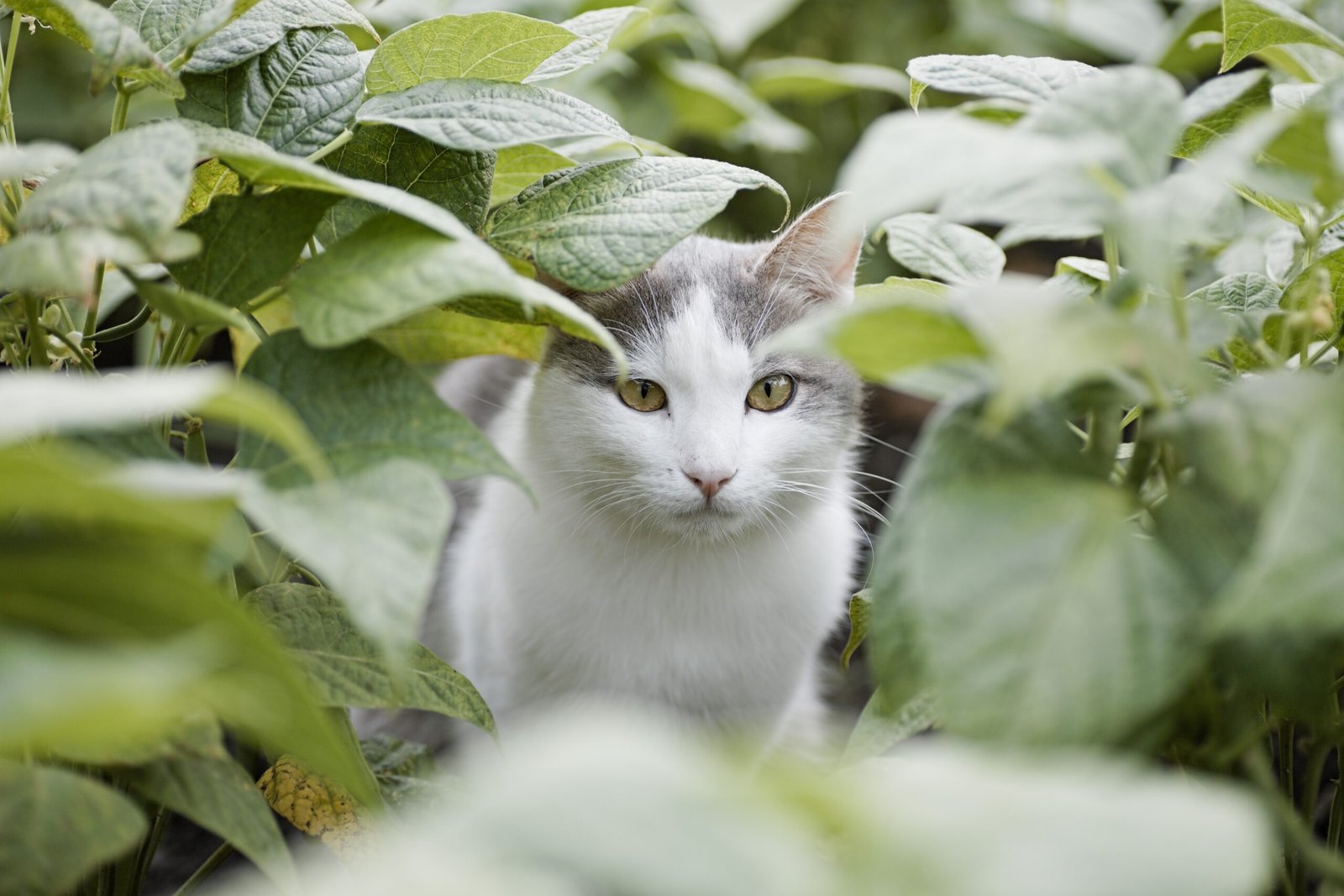
Is your cat spending more time squeezed behind the sofa or tucked away in the darkest corner of the closet? While cats do love their cozy hideouts, constant hiding is a red flag. An anxious kitty will avoid even their favorite people, staying out of sight for hours or even days. This behavior often ramps up when guests arrive or there are loud noises in the home. To help, create safe, quiet spaces for your cat, but don’t force them out. Offer treats or toys near their hiding spot to gently coax them back into the family fold. Patience is key—let them approach you at their own pace.
2. Over-Grooming: When Licking Becomes Compulsive
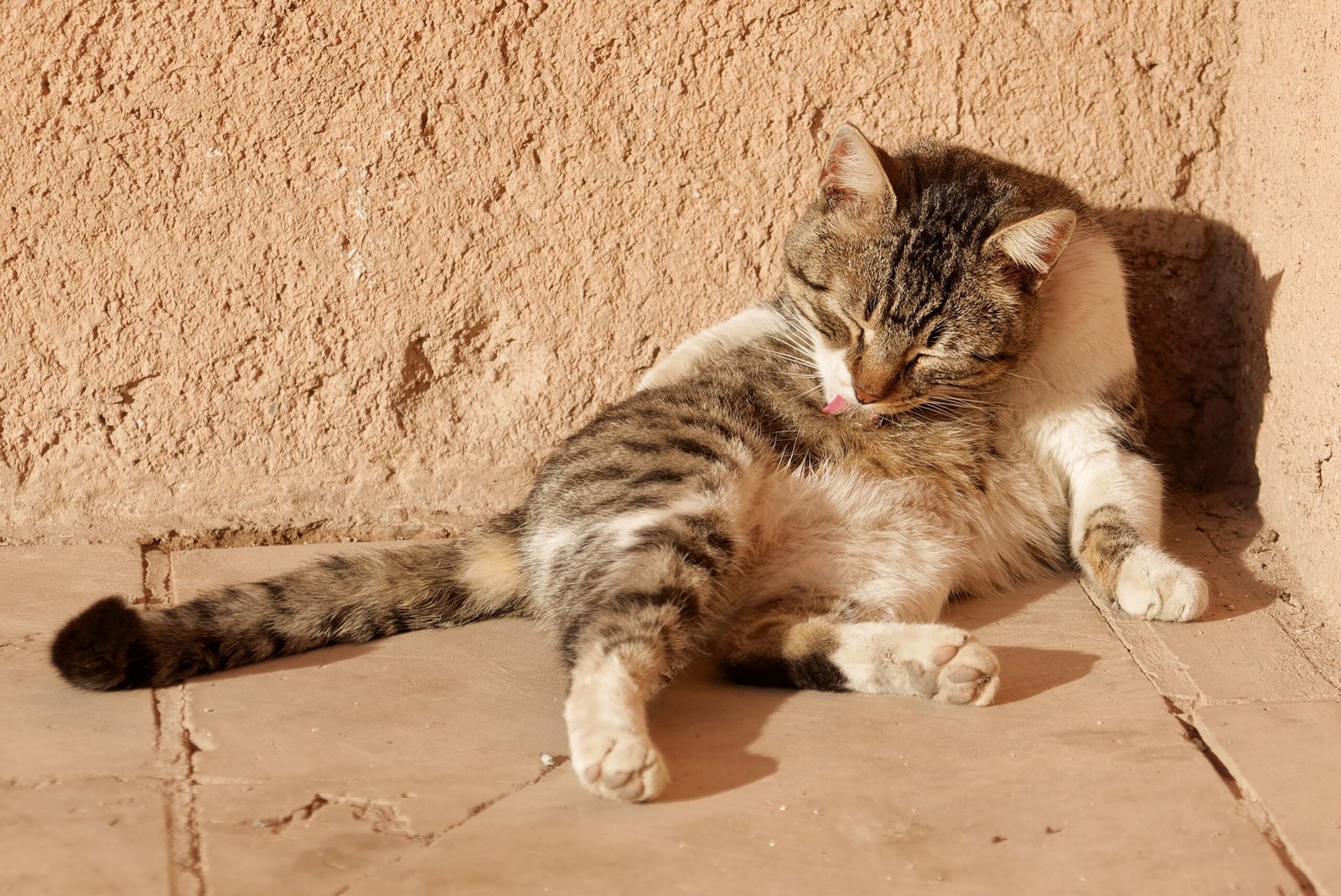
Cats are famous for their grooming habits, but too much of a good thing can signal distress. If your cat is constantly licking, biting, or pulling out their fur, they might be anxious. This can lead to bald patches or irritated skin. Over-grooming is a cat’s way of self-soothing, much like humans biting their nails. To fix it, distract with interactive toys or puzzle feeders, and ensure your cat’s environment is enriched with perches, scratching posts, and cozy beds. Sometimes, adding a pheromone diffuser can work wonders for anxious groomers.
3. Sudden Aggression: When Playtime Turns Prickly
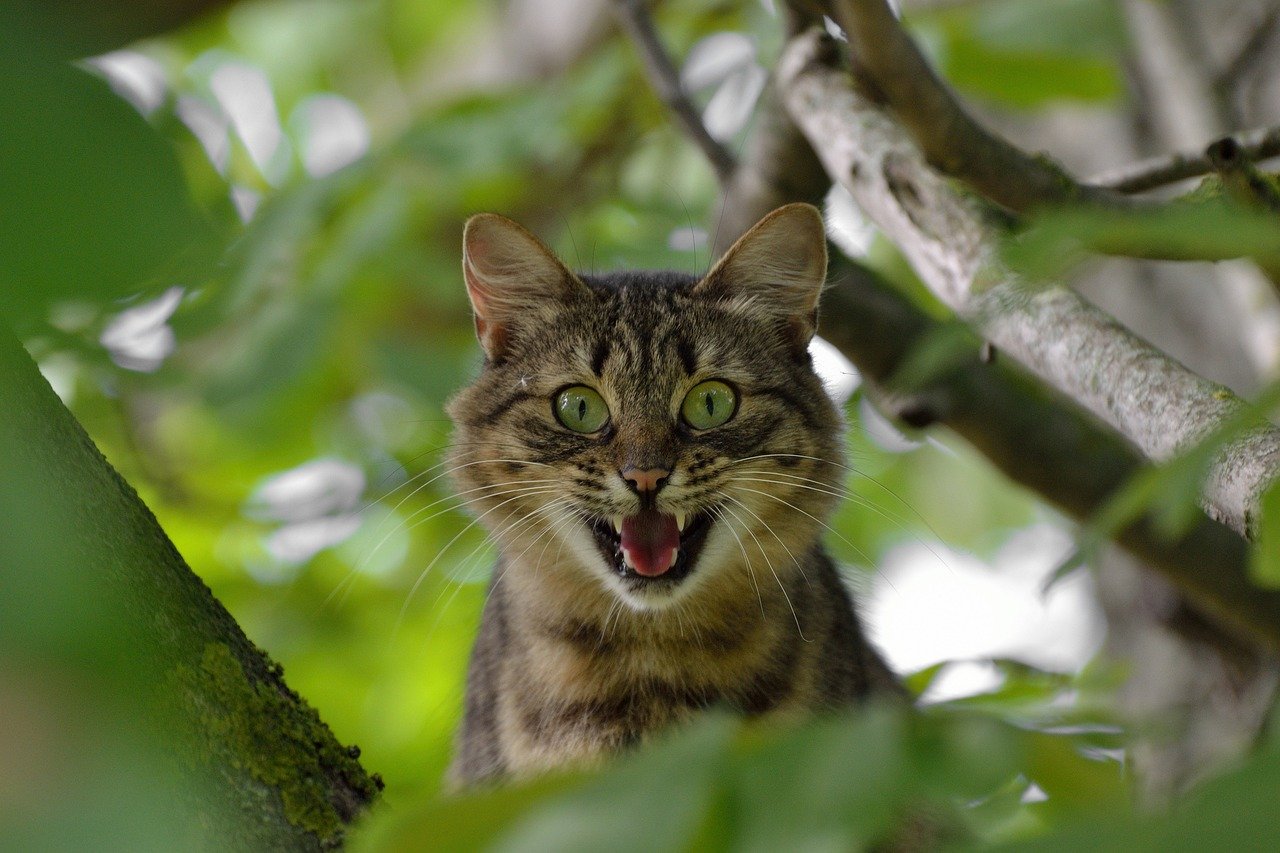
A friendly feline that suddenly hisses, swats, or bites could be acting out of anxiety. Cats can’t tell us what’s wrong, so aggression becomes their way of saying, “Back off, I’m overwhelmed!” This might happen during petting or when approached unexpectedly. To help, respect your cat’s boundaries and observe their body language closely. If you sense agitation, give them space and avoid punishment. Positive reinforcement—like treats or a favorite toy—can help rebuild trust and a sense of safety.
4. Destructive Scratching: When Claws Come Out in Full Force
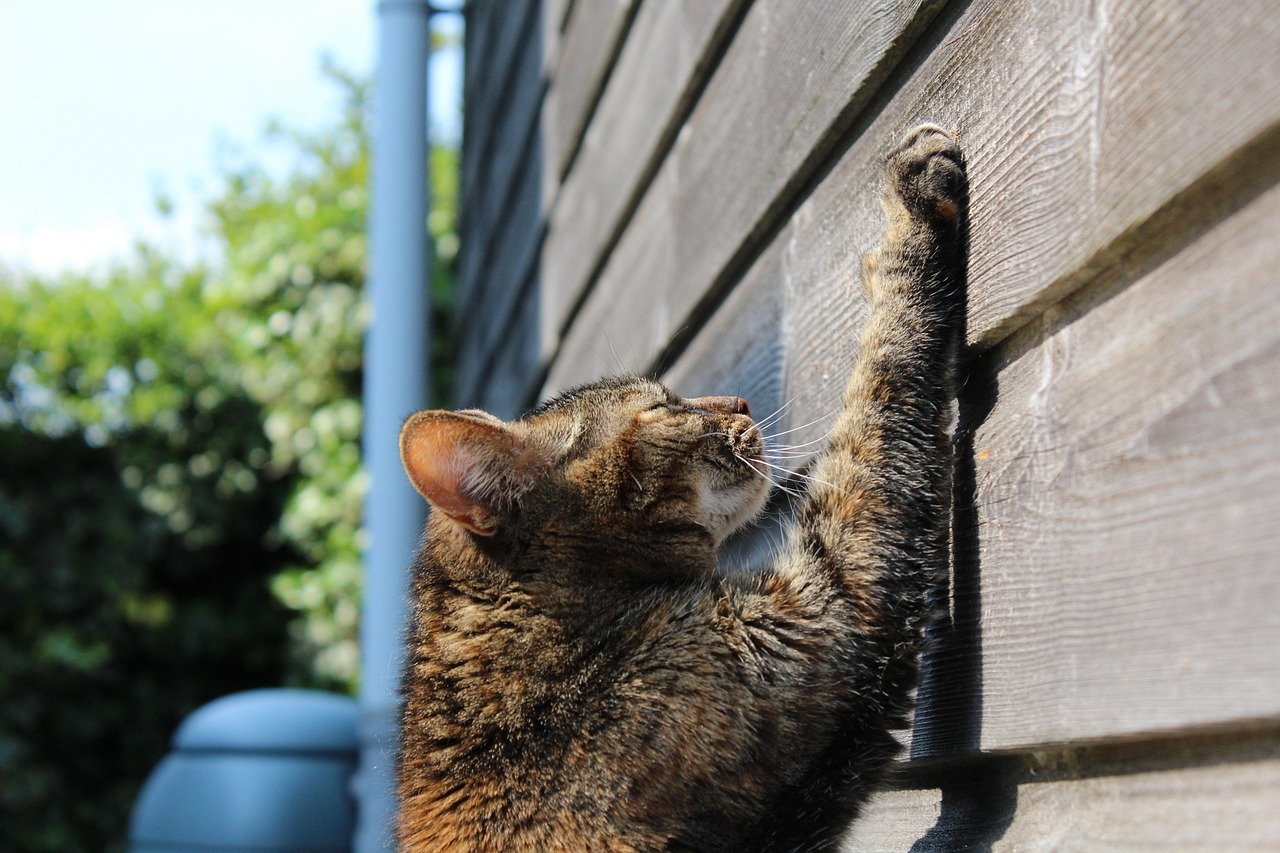
Have your sofa arms or curtains fallen victim to a furious feline? Excessive or out-of-place scratching often signals anxiety. Cats scratch to mark territory and relieve stress, but if it’s relentless, something’s up. Provide sturdy scratching posts in key areas, and sprinkle them with catnip to make them irresistible. Cover off-limits areas with double-sided tape or aluminum foil—cats hate the texture! Remember, don’t scold, as this can add fuel to the anxiety fire.
5. Changes in Appetite: The Stress Diet or Buffet
If your cat is suddenly ignoring their food bowl or, conversely, eating everything in sight, take note. Anxiety can make cats lose interest in eating or cause them to comfort eat. Watch for rapid weight changes or vomiting after meals. To help, stick to a consistent feeding schedule and offer high-value treats when your cat is calm. Sometimes, a quiet feeding spot away from other pets or noise can make all the difference.
6. Inappropriate Elimination: When the Litter Box Is Not Enough

Finding “surprises” outside the litter box is never fun. Anxious cats might urinate or defecate on your bed, laundry, or favorite rug. This isn’t mischief—it’s a desperate signal that something’s wrong. Make sure litter boxes are clean, accessible, and placed in quiet spots. Try adding an extra box or switching to a different litter. If the problem persists, check for medical issues and consult your vet—sometimes anxiety needs a little extra help.
7. Excessive Vocalization: When Meows Turn into Monologues
Does your cat sound like they’re auditioning for a feline opera? Persistent meowing, yowling, or crying can be a sign of anxiety, especially if it happens at night or when you leave. Cats use their voices to get your attention or express worry. To calm the noise, stick to a routine and spend quality time playing and cuddling. Interactive toys, window perches, or even leaving a radio on low volume can provide comfort and distraction.
8. Pacing and Restlessness: When Your Cat Can’t Sit Still
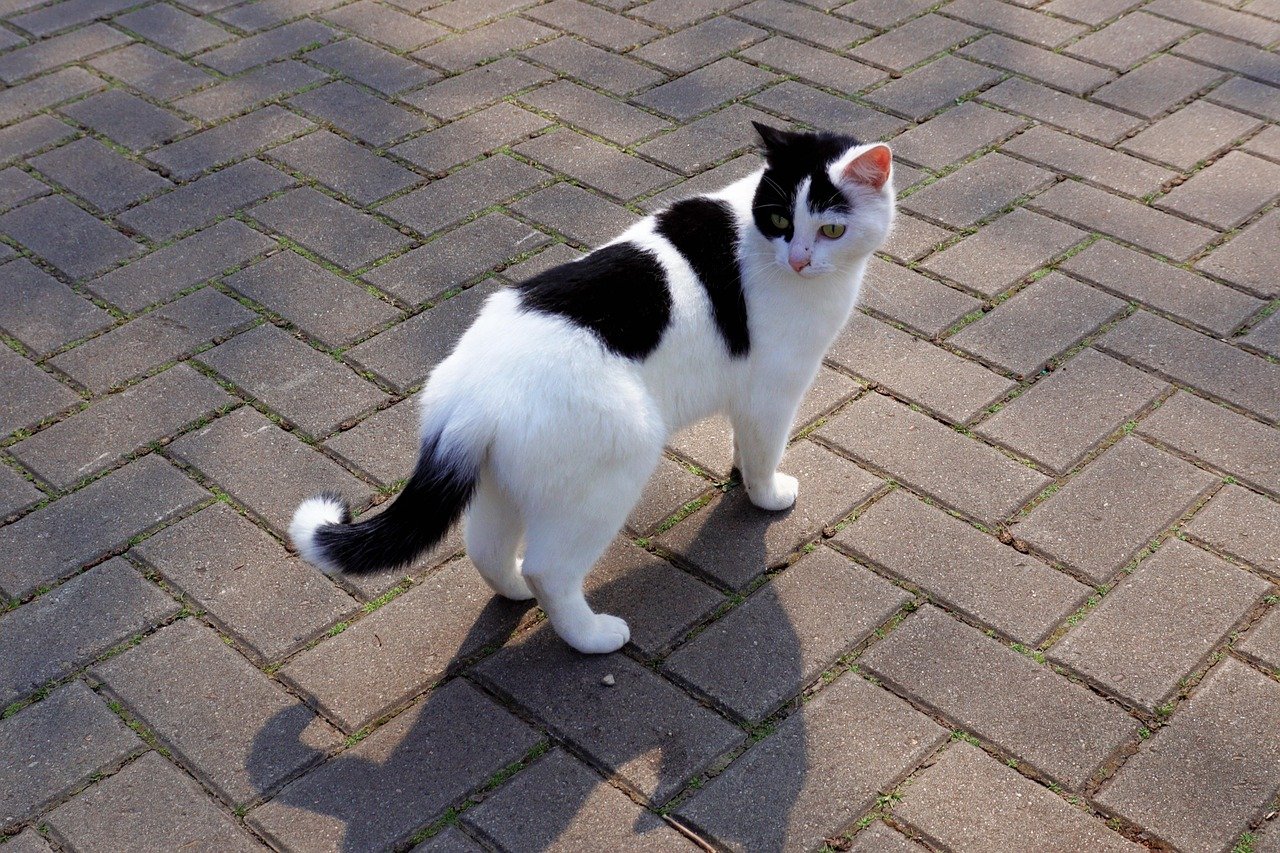
A relaxed cat will lounge and nap, but an anxious one may pace, circle, or seem unable to settle. This restlessness often surfaces during thunderstorms, fireworks, or changes in the home. If your cat can’t find a comfortable spot, try offering a warm blanket, a box to curl up in, or a gentle massage. Calming pheromone sprays or plug-ins can also ease their nerves. Consider a consistent daily routine to help anchor your anxious kitty.
9. Trembling or Shaking: When Fear Shivers Take Over
It’s heart-wrenching to see your cat tremble, whether during a vet visit or when startled by a vacuum cleaner. Tremors and shaking mean your cat is truly frightened. Comfort them by speaking softly and keeping your movements slow. Create a “safe zone” in the house where your cat can retreat, complete with their favorite blanket, bed, and a few treats. Over time, desensitize them to triggers by gradually introducing the scary object or situation, always pairing it with positive experiences.
10. Tail Flicking and Ears Pinned Back: Silent Signals of Stress
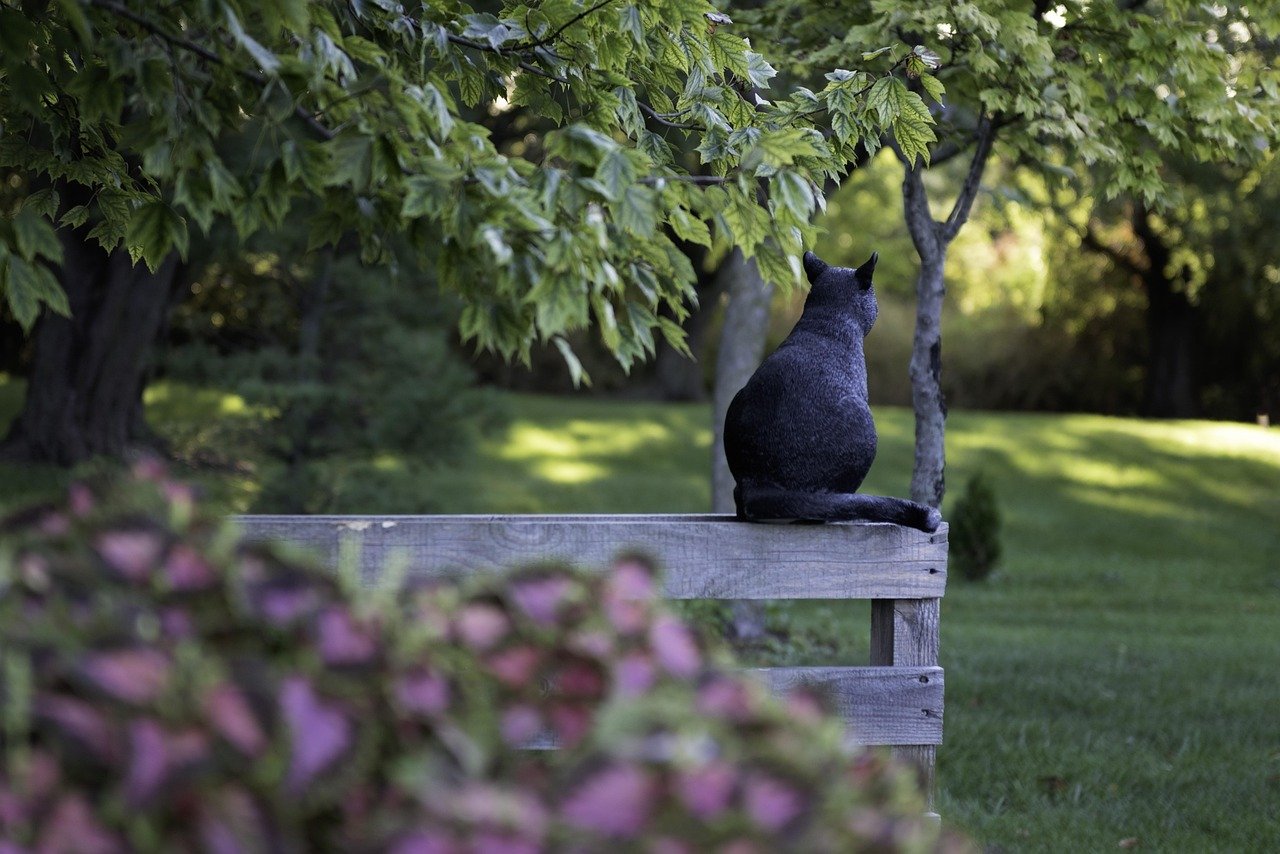
A cat’s tail and ears are emotional barometers. Flicking tails, flattened ears, or dilated pupils are classic signs of unease. These cues might surface during introductions to new pets, visitors, or even changes in furniture. To help, respect your cat’s personal space and avoid forced interactions. Offer interactive play sessions to channel nervous energy into positive activity. Sometimes, just sitting quietly nearby with a treat can reassure a wary cat.
11. Avoidance of Eye Contact: The Shy Glance Away
If your cat suddenly avoids looking at you or turns their head away when you approach, it’s a subtle sign they’re feeling anxious. Eye contact can feel threatening to a nervous cat. To rebuild trust, blink slowly at your cat—this “cat kiss” signals that you’re friendly. Move at their pace, and never force interaction. Let your cat come to you, rewarding even the smallest sign of comfort with a gentle voice or treat.
12. Clinginess or Shadowing: The Velcro Cat Phenomenon
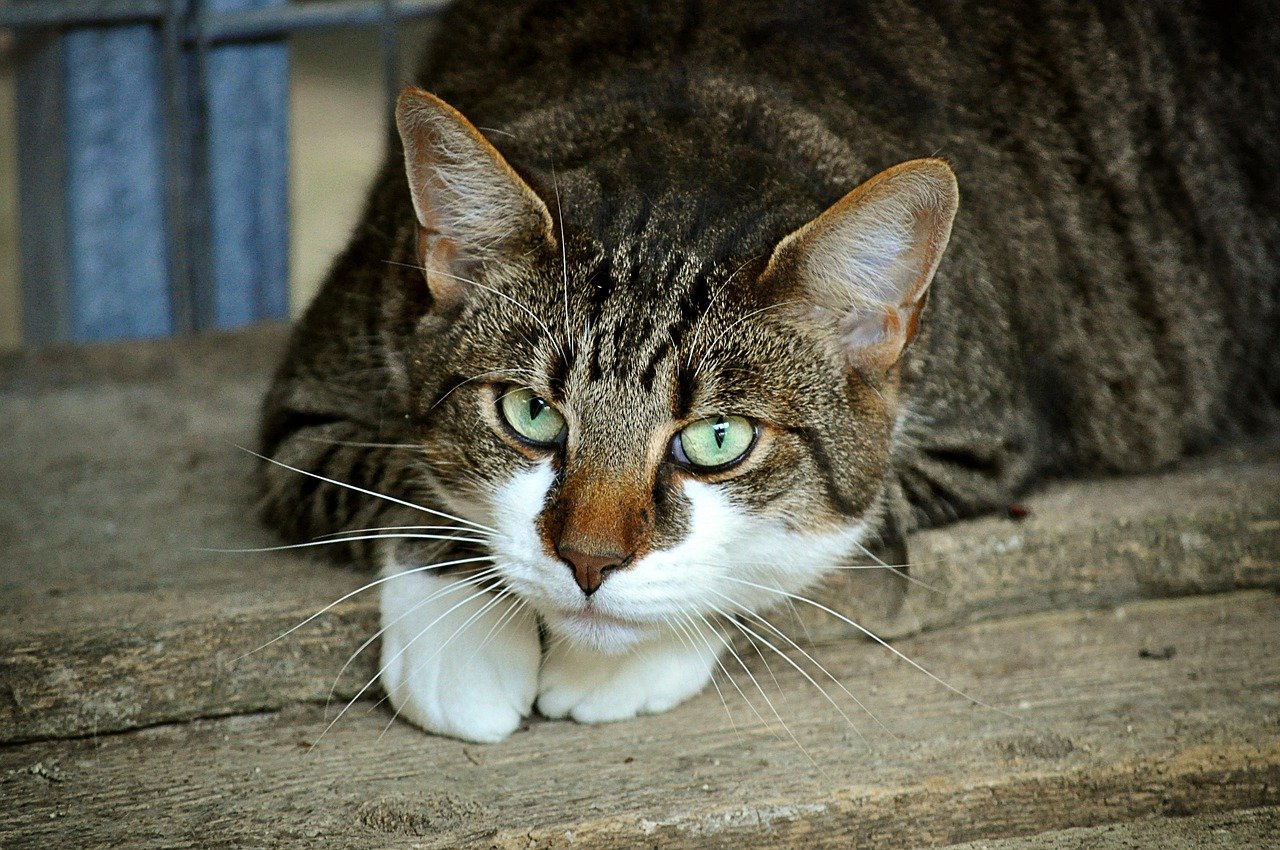
Some anxious cats swing the other way and become extra clingy, following you from room to room and demanding constant attention. It’s sweet, but it’s also a sign they’re feeling insecure. Gradually encourage independence by setting up cozy spots in different rooms and rewarding solo play. Leave behind worn clothing with your scent to provide comfort when you’re away. Short, positive departures and arrivals help teach your cat that comings and goings are nothing to fear.
What surprising signs have you seen in your cat? Have you ever tried one of these fixes and seen a transformation?

Linnea is a born and bred Swede but spends as much time as possible in Cape Town, South Africa. This is mainly due to Cape Town’s extraordinary scenery, wildlife, and atmosphere (in other words, because Cape Town is heaven on earth.) That being said, Sweden’s majestic forests forever hold a special place in her heart. Linnea spends as much time as she can close to the ocean collecting sea shells or in the park admiring puppies.






